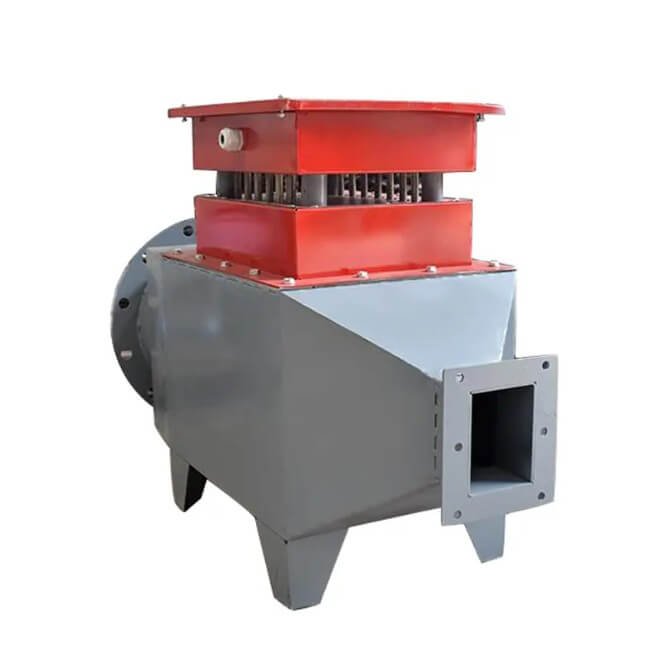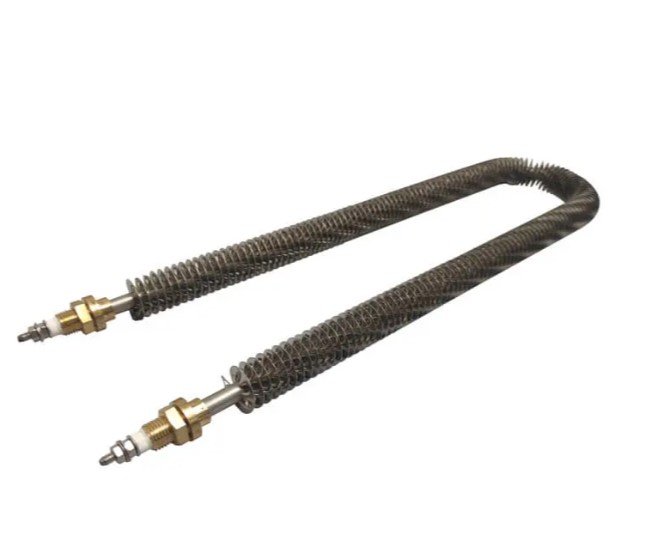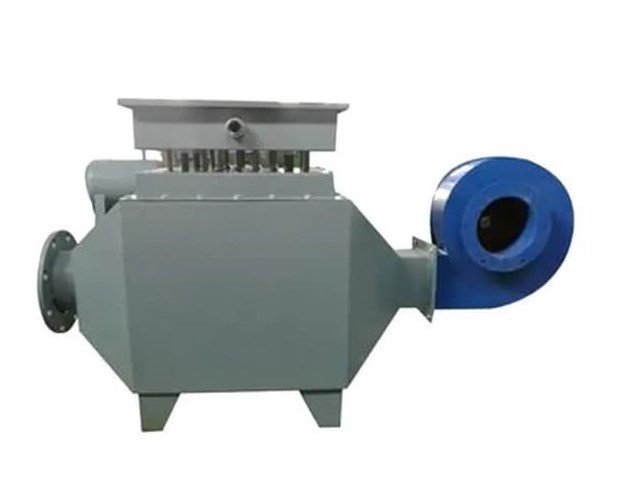Installation and Application of Duct Heaters
Do you want to make your home or workplace warmer and more comfortable? Duct heaters can help! These heaters are a key part of many heating and cooling systems, making sure the air is warm before it reaches different rooms. But with so many types of duct heaters out there, it can be tricky to pick the right one. and tell you the installation of the duct heaters.

In this article, we will explain what duct heaters are, why they are important, and the different types you can choose from. We’ll also cover the installation and application of duct heaters. By the end, you will know how to select the best duct heater for your needs and how to install it properly.
What are Duct Heaters?
Duct heaters are parts of your heating system that warm up the air before it gets sent to the rooms in your home. The most common type is electric duct heaters, which use electric coils to create heat. As air passes over these hot coils, it absorbs the heat and then travels through the ducts to warm up your rooms. These heaters can be used for different heating needs, whether as the main heat source or to give extra warmth.
Duct heaters help keep your home comfortable by making sure warm air flows well through the duct system, especially to rooms far from the main heater. They come in different styles, like finned tubes or open coils, and can be custom-made for specific needs. Some models have safety switches that turn off the heater if it gets too hot, and they can also be turned off manually if it needs.Simpler models have stages that use more energy to produce more heat.
What Are the Major Types of Duct Heaters?
Duct heaters come in various types, each designed for specific applications and requirements. Here are the 2 main types of duct heaters:
Open Coil Duct Heaters
Open coil duct heaters are a cost-effective solution for simple space heating needs. They are smaller in size and have lower power requirements (kW) compared to other types.
The key feature of open coil heaters is that the heating element releases heat directly into the airstream. This direct heat transfer allows the duct to warm up quickly, making it efficient for basic comfort heating applications.
Finned Tubular Duct Heaters
Finned tubular duct heaters are used when high power output is needed. The finned tubular elements help reduce watt density, allowing for a more consistent airflow.

These heaters are typically designed for outdoor use or harsh environments because they can withstand external elements. The stainless steel fins make them durable and suitable for commercial and industrial applications, providing reliable heating in more demanding settings.
How to Install Duct Heaters?
Duct heaters can be installed in many places like offices, schools, factories, and power plants. They are fairly easy to put in and replace. Here’s a simple step-by-step guide to help you with the installation of duct heaters:
Choosing the Right Duct Heater
To begin, selecting the appropriate duct heater is crucial. Make sure the new heater matches the dimensions, wattage, and current specifications of the old unit. This ensures compatibility and optimal performance. Additionally, verify that the heater is listed by the CSA (Canadian Standards Association) and UL (Underwriters Laboratories).
These certifications indicate that the heater meets important safety and quality standards. Choose a heater designed for your specific needs, whether it’s for primary heating, supplementary heat, or any other application.
Mounting the Heater
Next, focus on the mounting process. Duct heaters can be mounted in several ways, including flange mount, round duct mount, bottom mount, or rain-tight installations. Select the mounting style that suits your duct system and installation environment.
Properly position the heater to ensure effective heating of the air as it moves through the ductwork. Securely attach the heater to prevent movement and ensure stable operation.
Installing in the Duct
When installing the heater, use a standard spigot connection to attach it to the ductwork. This is a common method that provides a secure fit. Ensure that the heater allows for airflow in the correct direction, whether vertical or horizontal, based on your system’s design. Check for any obstructions that could interfere with the airflow and make necessary adjustments.
Safety Considerations
Safety is a top priority during the installation of duct heaters. Install safety cutouts, which are automatic shut-off switches, at the top of the unit to prevent overheating. Make sure the heater includes primary and secondary limit protection to shut off if it becomes too hot.
Also, ensure that the heater is equipped with magnetic disconnecting contactors (24-volt control) for safety and control. Confirm that the unit has a fan relay and circuit fusing where required to protect against electrical problems.
Connecting and Testing the Heater
After mounting and ensuring safety, connect the heater to the heating system’s control system, including any thermostats, as needed. Proper wiring and connections are essential for effective operation. Once everything is connected, test the heater to make sure it works correctly.

Check that the airflow is consistent, the heater warms the air effectively, and all safety features are functioning properly.
Installation Locations
Office buildings, schools, factories, and power plants will need the duct heater.
its design to provide efficient heating in both residential and light commercial applications. Ensure that the installation location is suitable and that the heater is appropriate for the building’s heating needs.
Final Checks
Finally, conduct a thorough check to ensure that all components are securely mounted and connected. Verify that the heater operates smoothly and safely without any unusual noises or issues. Proper installation and maintenance will ensure that the duct heater performs efficiently and reliably, providing comfortable heating for your space.
If you want to learn more about duct heaters, click here.
Applications of Duct Heaters
Here are some of the notable applications of duct heaters. Let’s hop on to give them a read.
Primary Heating
Duct heaters can serve as the main source of heat for a building. In this role, they warm the air that travels through the ductwork, ensuring that every room or area receives a consistent and comfortable temperature. This is especially useful in buildings where other heating systems might not be sufficient or when a more controlled heating solution is needs.
Secondary Heating
When used as a secondary heating source, duct heaters provide additional warmth alongside the main heating system. This setup is beneficial in areas that require extra heat, such as rooms that are further from the main heating source or spaces with large windows. Secondary heating helps maintain a uniform temperature throughout the building, enhancing overall comfort.
Space Heating
Duct heaters are ideal for warming individual rooms or specific areas within a home or building. For instance, if certain rooms, like a home office or a guest room, need to be warmer than others, duct heaters can be installed to target these spaces directly. This allows for better temperature control and energy efficiency, as only the needed areas are heated.
Reheating
Duct heaters can be used to reheat air that has been cooled down, such as air returning from air conditioning systems. By reheating the air before it is circulated back into the building, duct heaters ensure that the temperature remains comfortable and consistent. This application is useful in maintaining a pleasant indoor climate throughout the year.
Multi-Zone and VAV Heating
In buildings with multiple zones or areas that require different temperatures, duct heaters help manage the heating needs of each zone separately. Variable Air Volume (VAV) systems use duct heaters to adjust the temperature in different sections of a building based on their specific needs. This allows for precise control and energy efficiency, making sure each area is heated to the desired level.

Residential Heating
In homes, duct heaters provide warmth to different rooms or zones. For example, a basement, attic, or any room will need the duct heters which needs additional heating. This helps ensure that every part of the house stays cozy, especially in areas that might not get enough heat from the main system.
Commercial Buildings
Duct heaters are using in commercial spaces like offices, retail stores, and hotels to keep the indoor environment comfortable for employees, customers, and guests. By maintaining a steady and pleasant temperature, these heaters help create a welcoming atmosphere and improve overall comfort in commercial settings.
Expert Duct Heater Solutions: Why HASTECO is Your Best Bet?
Looking for the perfect duct heater? HASTECO will give all the information! With over 30 years of experience, they know how to handle every step of your duct heater project. Their team is here to help with everything from selecting the right heater to installing it properly.
They use special tools and techniques to ensure your heater performs well and meets high-quality standards. They focus on delivering great results on time and within your budget. For trusted guidance and dependable duct heaters, HASTECO is your go-to choice.
Get in touch with HASTECO to find the best duct heater for your needs and enjoy expert support every step of the way.
Wrapping It Up!
Choosing and installing the right duct heater is key to keeping your space warm and comfortable. By picking the right size and type, you’ll save energy and reduce your bills. If you need help figuring it all out, HASTECO is here for you. They can help you find the perfect duct heater for your needs and make sure the installation is correct. For expert advice and top-notch service, reach out to HASTECO today!


